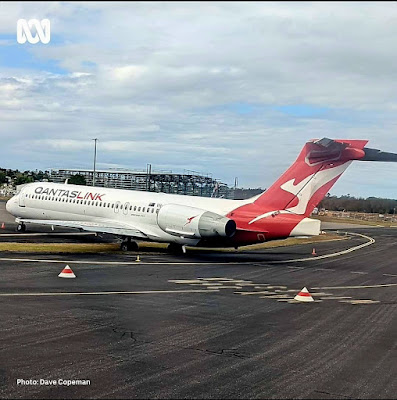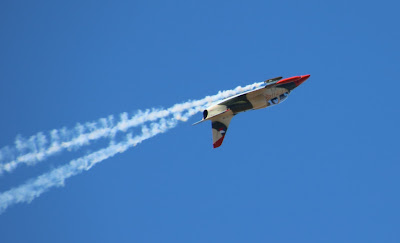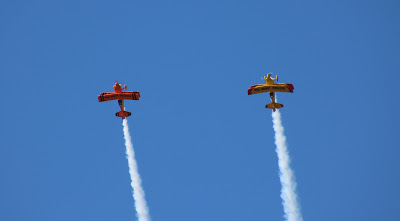The long queues, flight cancellations and baggage delays at major Australian airports could worsen, with "chronically overworked" ground crew threatening strike action over pay and working conditions. The Transport Workers Union (TWU) said about 700 baggage and ramp operations staff at global aviation company, Dnata, applied to the Fair Work Commission on Tuesday to hold a vote on industrial action.
The TWU claims the company is attempting to push through an "unpalatable" new work agreement that "gives pay cuts to experienced workers and below award minimum conditions". Lodging an application means staff would be protected under the Fair Work Act if they vote in favour of industrial action, which has potential to impact thousands of travellers at Brisbane, Sydney and Melbourne international airports.
Owned by Dubai-based airline Emirates, Dnata supplies aircraft ground handling, cargo and flight catering services for up to 20 airlines, including Qantas, Singapore Airlines, Etihad and Air Canada. Qantas Domestic and International CEO Andrew David said the potential strike action would "impact everybody" at international airports.
"It's awful that the union is taking whatever action they're proposing [as] it could have a further impact on the travelling public," Mr David told Channel Nine.
"If the union is going to take this action through Dnata, then it will impact all of those airlines and it will impact everybody in our international airports."
In August 2020, Qantas announced it would outsource its ground handling operations at 10 Australian airports to third-party contractors, including Dnata, and as a result, more than 1,600 employees lost their jobs.
The airline said the move was a necessary response to the "unprecedented impact of the COVID crisis" and would help lower costs. The TWU launched a Federal Court case against Qantas challenging the outsourcing of ground crew jobs and last year, in one of the largest reinstatement cases ever heard, it found the airline's decision was illegal and in breach of the Fair Work Act.
Qantas appealed that decision but the Full Federal Court dismissed the airline's attempt to overturn the ruling earlier this year.
The company now plans to appeal the landmark case to the High Court.
Ground crew warns of 'chronic understaffing'
The TWU said ground crew warned Dnata that "chronic understaffing, airport chaos and safety incidents" would get worse if the company didn't offer more secure jobs at higher rates.
It said there have been "several safety incidents" around Qantas aircraft recently, including "belt loaders crashing into planes, locking pins left in landing gear and incorrect weight information given to pilots before take-off." A Qantas spokesman told the ABC the airline "completely rejects" the safety allegations. "The TWU has been trying to discredit the safety of outsourced ground handling, despite data showing a lower rate of incidents compared to when this work was done in-house," the spokesman said.
"This kind of behaviour is hypocritical and it undermines the strong safety culture that exists throughout Australian aviation." TWU national assistant secretary, Nick McIntosh said while strike action was a "last resort", workers had no other option.
"The last thing they want to do after two years of hell for them .. is to take this sort of industrial action but given all that's on the table at the moment … which is no creation of secure jobs, they feel they have little choice.
"We should remember that this group did not receive Jobkeeper payments because of a quirk introduced by the last federal government.
"The main hope is that Dnata management will come to their senses … and put an offer out there that at least keeps up with the cost of living and which starts to go down the pathway of creating more secure jobs." Mr McIntosh said the TWU was calling for an independent tribunal to examine structural issues within the aviation sector.
"The aviation sector has been in crisis for many years … over the past 15 years, we've seen wages and conditions fall in real terms by somewhere between 10 and 15 per cent than where they were," Mr McIntosh said.
"We need the federal government to step in and say 'enough is enough' to restore order."
A Dnata Airport Operations spokesperson said it was committed to ensuring its employees were "appropriately compensated".
"We stay committed to … continue our conversations with the TWU and employees in good faith while working to minimise the impact of a potential industrial action on our customers' operations," the spokesperson said.

.JPG)
.JPG)
.JPG)
.JPG)
.JPG)


.JPG)
.JPG)




.JPG)

.JPG)













































